After the Covid nightmare when isolation was imposed on sufferers and relatives alike, the pain and the disorientation linger. Words were blocked then but the body speaks silently, and the short film “Isolation terminal” expresses it through dance and music. Isolation was terminal for many.
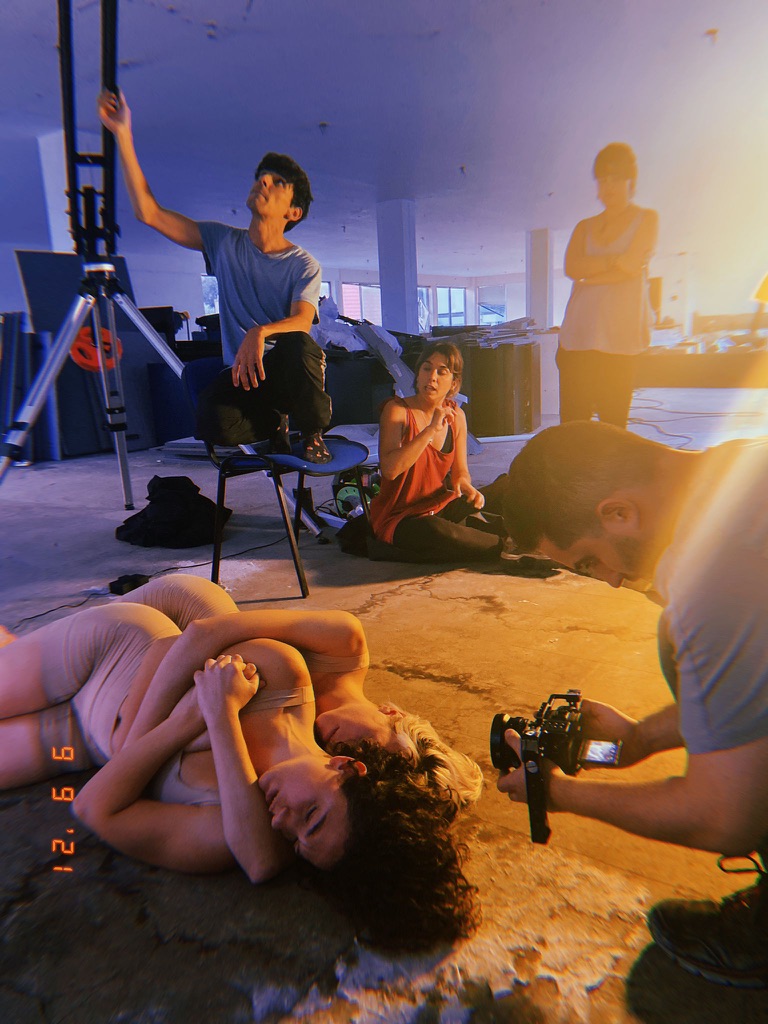
Graham Douglas
We are all familiar with films of a few minutes used as trailers for feature films, or short clips to accompany music tracks on MTV or Youtube, but how about a four-minute film that is just the whole thing? Well, it does have music, and the music is important.
Now think back to the Covid pandemic, what do you remember? If like me you weren’t personally affected you remember the incompetence and rottenness of politicians in the UK, the unnecessarily high ‘excess deaths’ and having to wear a mask. If you are one of the thousands who lost a relative and were unable to visit them the pain and the injustice are still seething.
Paula Romero has put these two themes together and created a short film in which two dancers express through bodily movement and facial expression the isolation, the anger and the horror in her film “Isolation terminal”, free to view with a Vimeo account. And maybe it’s not just about Covid.
Paula also works in television for productions shown on the BBC, Netflix, and Discovery Channel. Her award-winning short film “Mothertruckers”, also deals with the theme of isolation in a feminist perspective.
I spoke to Paula for The Prisma and her film will be shown at the Indy Film Library in London on Feb. 25th.
You said the film says something about the human condition. What does it say and why is dance a good way to say it?
“Isolation terminal” is a journey through different states of mind, as well as an artistic expression that uses the body to address mental health.
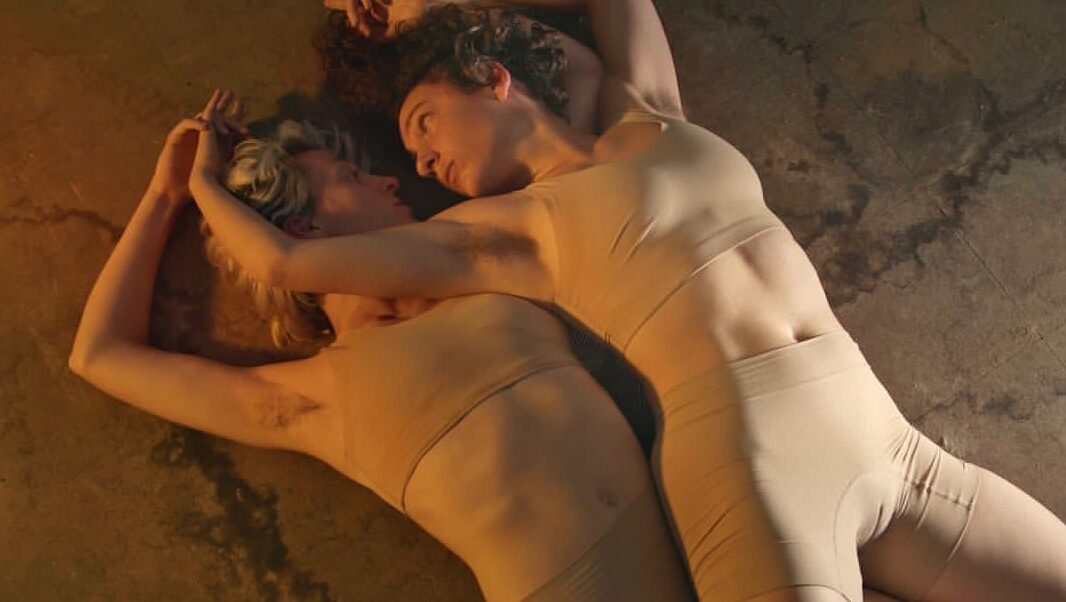
This short film emerges from a collective state of mental isolation experienced during the onset of the Covid-19 pandemic and places the body as a receptor as well as the form of expression, for all those internal processes our mind faces when in a state of pain, anger, or simply when we are not in harmony with ourselves.
In this music video, dance presents itself as a mechanism through which to show the transience and harsh violence of the mind, as well as the compulsive and self-destructive thoughts that arise in states of extreme disassociation. The body emerges through a performance orchestrated by the rhythm of the music, which does not allow for pauses and which ends with a final fall, and a mutilation of the corporal as the only way to reconnect with the deepest form of the self.
In addition, the duality is represented through the dancers, who choreograph a space of relentless struggle. Only at the end do they appear in the same frame and embrace each other, giving space to calm and a form of rebirth which emerges from a space of forgiveness and acceptance of Otherness.
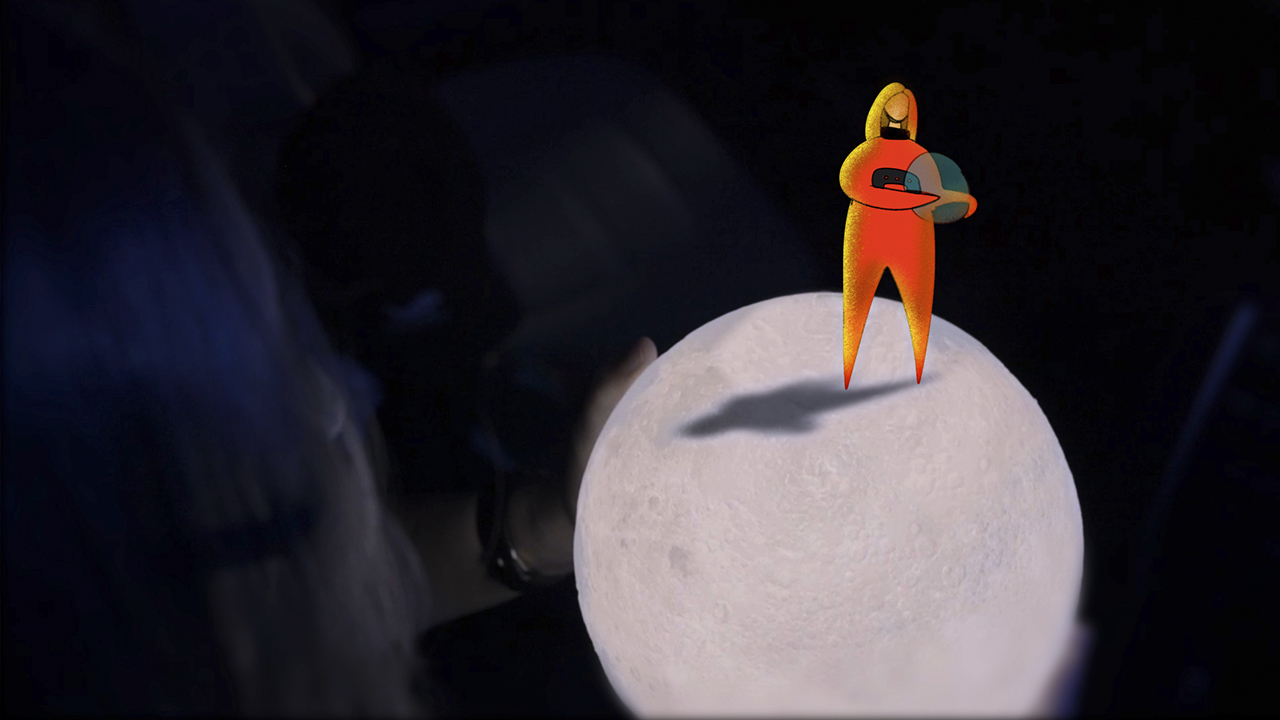
Your earlier short documentary “Mothertruckers” focused on the isolation of driving a lorry, a life that few women want. But writing is her escape route when the world becomes ‘too unbearable or mundane’. Do you see no hope for conversation as a route to change?
My last Short Film “Mothertruckers”, is an insight into the untold story of female lorry drivers. It addresses the conflict of being a female lorry driver in a male-dominated profession and explores the romantic idea of finding freedom on the road compared with the hard work and unconventional lifestyle of this profession.
The main character, Lisa Melburne, uses the cab of the truck as a way to escape from reality. Although the life of a lorry driver entails isolation, Lisa said something important: “There is a world of difference between being lonely and being alone. The first can be soul-destroying, the other, can be liberating.”
While “Mothertruckers” is an ode to the pursuit of freedom, a freedom that lies in our ability to dream of other realities, “Isolation terminal”wanders through more complex and darker concepts of the mind. It addresses mental health and uses the dance, and the body, as a way to speak about the noise of the mind.
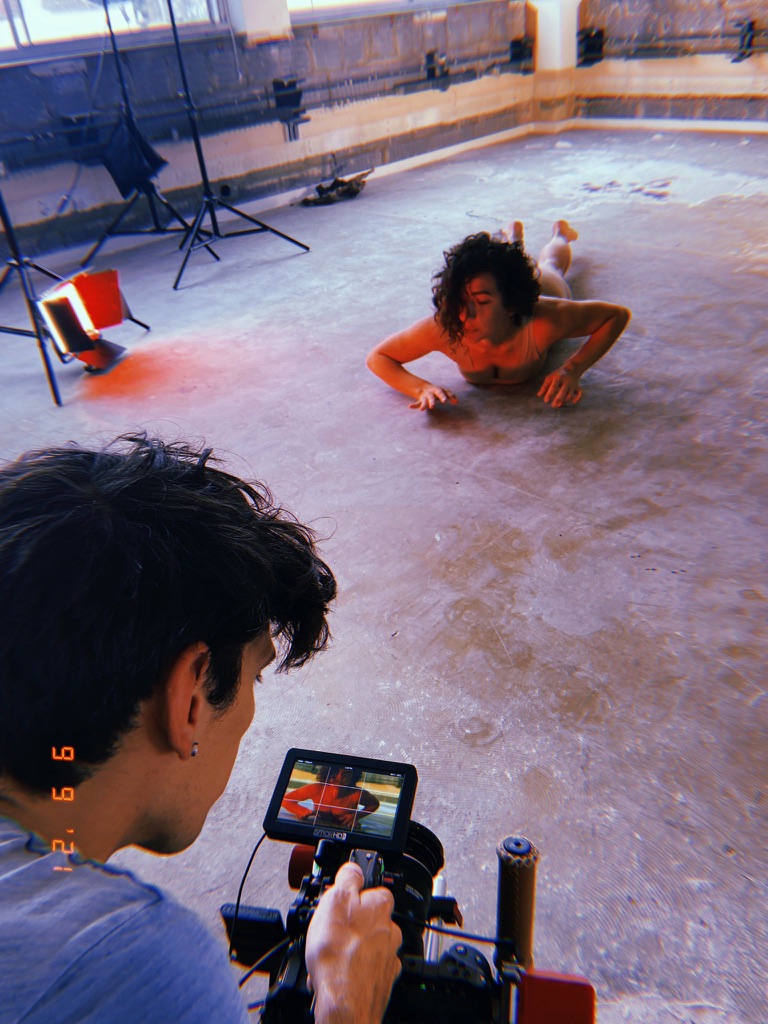
As a creator and a human being who has experienced moments of mental and emotional crisis, I first had to go through a process of healing – and in the creative process – to learn how to face and talk about reality with hope.
In “Isolation terminal”, both dancers embrace each other using love as a way to survive; and in “Mothertruckers”, for Lisa the road is a way to dream. These are ways to find hope within the complexity of both social and political contexts that we live in.
How has your work evolved and what are you aiming to do with your short films?
Since an early age, I started looking at the world through the camera lens, wanting to document reality, amplify voices and focus on untold stories. As a journalist, I focused on making documentaries such as “El angel de Itinsana” (Colombia 2013), “We have never been superwoman”, (Spain 2016), “Confinements stories”, (England, 2020) and “Mothertruckers” (Spain/UK, 2023). “Mothertruckers” has participated in over 50 national and international film festivals – such as Odense and Cinelebu (both qualifying for Goya and Oscars) – and has received awards, including the Andalusian Film Academy, the Seville European Film Festival in Spain and Atlantidoc in Uruguay.
“Isolation terminal” seemed to convey anger and desperation in the face of a horror beyond words. In a world of sophisticated multi-channel media, are we trapped into silence by the possibilities of our own technical brilliance?
I don’t think we are. Each person has a different way of looking at things, but not everyone decides to share it through an artistic discipline. Art and culture give us freedom and connection, which is why people are passionate about creating new pieces.
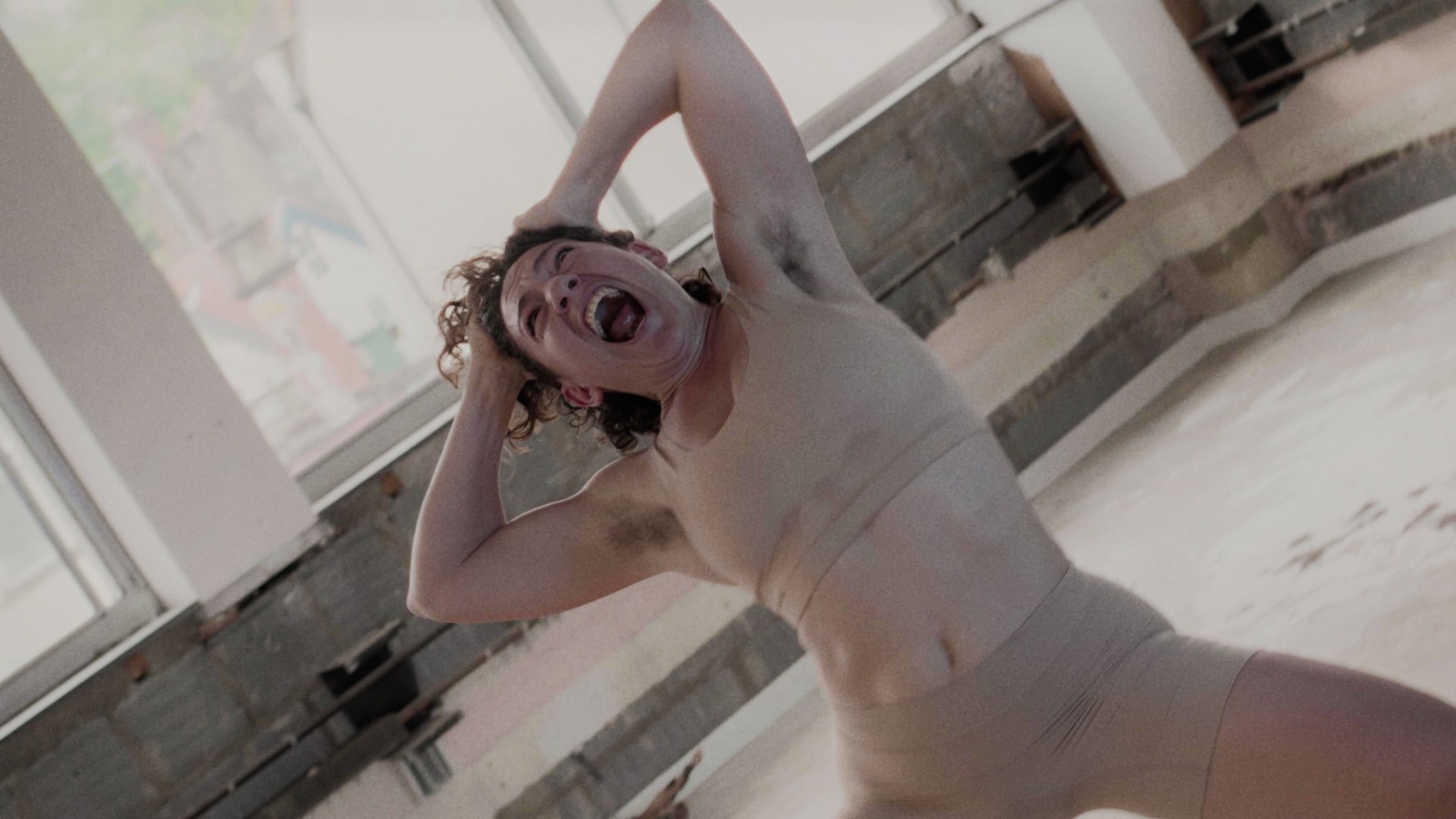
We’re not trapped; we’re trying to read and interpret the world and leave something authentic of our own in it. But this is a very subjective and personal opinion.
Who are your intended audience?
I don’t have a target audience because I consider that depending on the theme and distribution of a product, it will reach one place or another. There was no strategy behind “Isolation terminal” or “Mothertruckers”. In the first, I wanted to express a collective feeling using dance as a vehicle. The second was the desire to tell from a space that has not been done previously. Sometimes I utilise a recommended distribution circuit to assist in showcasing the project at festivals that may be interested in the content, or I act as the distributor myself.
Likewise, my works have a common feminist perspective and focus on the stories and realities of women to generate female role models that help us eradicate years of stereotyped characters on the big screen. And I think this is open to a wide audience.
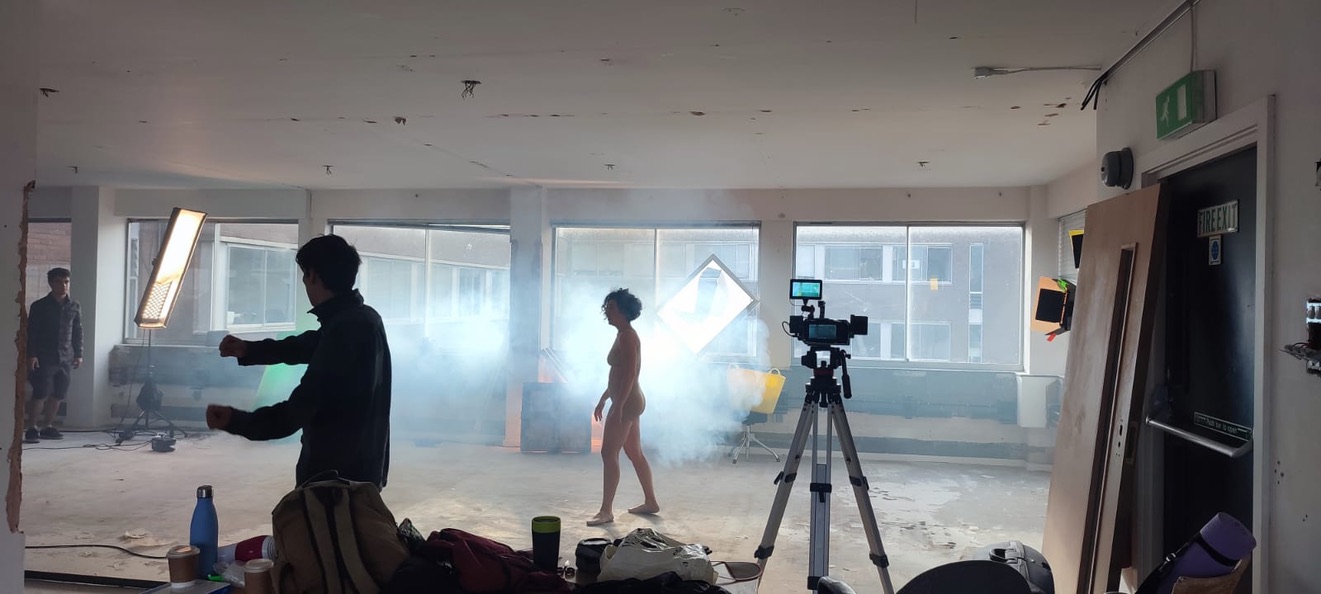
Both women performers display their under-arm hair. Was this their preference or yours? Are you challenging a modern aesthetic of cosmetic beauty?
I am quite surprised by this question. It’s something I haven’t even considered. It’s not my body, so I shouldn’t decide for others. I can understand that in the 80s or 90s, having hair in the armpits was politically radical and challenged fashion or aesthetics. Nowadays, I believe society has already overcome those complexes, and if not, I think it’s something that society should reconsider.
Short clips are commonly used in advertising and to accompany music tracks on channels like MTV. Is there a risk that “Isolation terminal” will become trivialised and viewed as ‘background video’?
I am not very concerned about that right now. This dance piece is part of a project created with professional dancers, who are also friends, and it responds to a desire to tell something differently. If someone sees it and likes it, it will benefit the project itself.
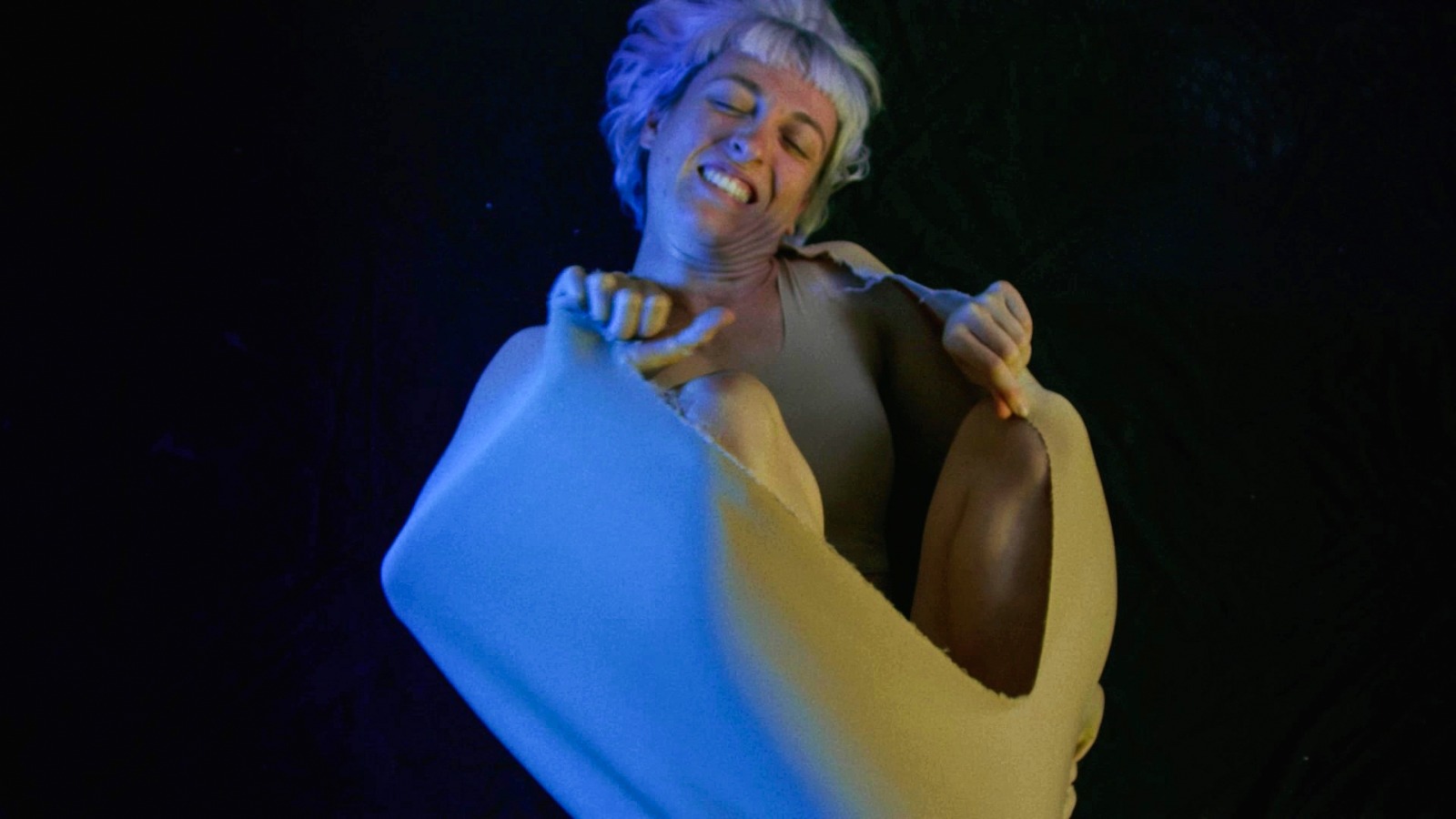
What is your latest project about?
My next project delves into the complexity of a mother-daughter relationship in a migratory context, based in England. It reflects on family bonds and inherited traumas. It will initially be a short film which will become a feature film.
(Photos supplied by the interviewee and authorised for publication.)












.jpg)












